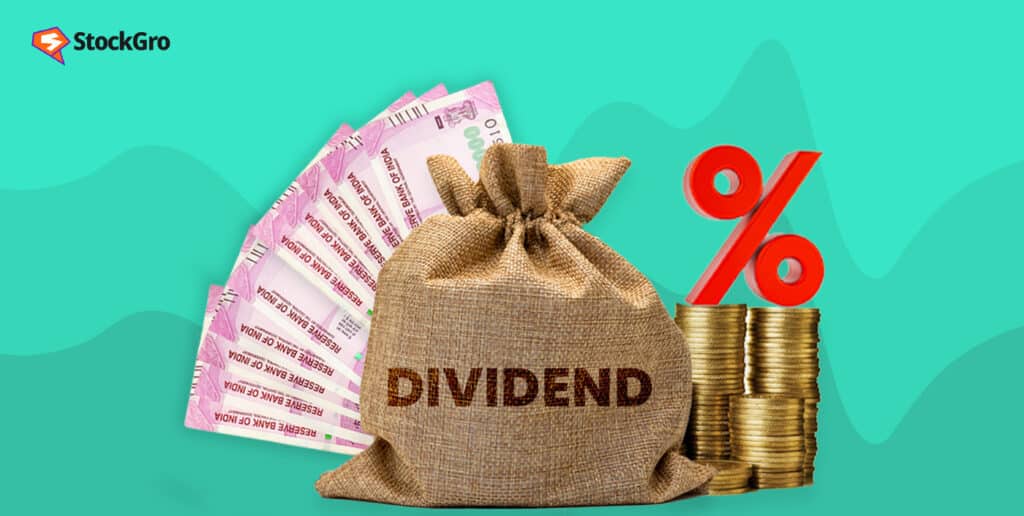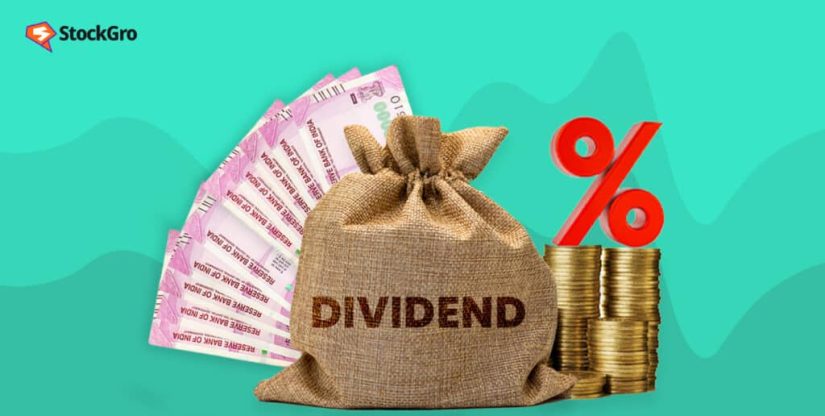
A side-by-side look at how dividend growth ETFs compare to the overall market across different market cycles.
How does dividend growth investing perform compared to the broader market? More importantly—how does it feel to be a dividend investor in both bull and bear markets?
This post was inspired by Peter, a long-time DSR member (since 2017): how do dividend growth stocks perform during various types of markets—whether it’s a bull run, a crash, or periods of extreme volatility? To answer, I conducted an analysis using publicly available ETF data to compare dividend growth strategies against the broader market in both Canada and the U.S.
I’m not writing this to prove that dividend investing is the “best” strategy. In fact, many investing strategies can work well. What matters most is choosing one that you understand and that fits your mindset so you can stick with it for decades.
Let’s explore how dividend growth stacks up. But first, some ground rules.
Setting the Ground Rules
When comparing any strategy to a benchmark, it’s important to match apples with apples. I focused on long-standing ETFs with broad exposure, so the results would be relevant across entire market cycles—not just the last few years.
Here’s what I used for the comparison:
U.S. Market Benchmark:
– SPDR S&P 500 ETF Trust (SPY)
Canadian Market Benchmark:
– iShares S&P/TSX 60 ETF (XIU.TO)
U.S. Dividend Growth ETF:
– Vanguard Dividend Growth Fund (VDIGX)
Canadian Dividend Growth ETF:
– iShares Canadian Dividend Aristocrats ETF (CDZ.TO)
These ETFs were selected due to their long histories, widespread recognition, and diversified holdings. Many of the companies they hold—like Microsoft, McDonald’s, or Canadian banks—are typical of what you’d find in a dividend growth portfolio.
What I Expected Going In
Let’s be honest: we all have biases. So before showing you the results, here’s what I expected:
1. I didn’t expect dividend growth to outperform the S&P 500. The U.S. index is loaded with tech giants that have driven significant returns over the past 10–15 years.
2. I thought Canadian dividend growers would fare better than the overall TSX. Canadian dividend payers tend to be banks, pipelines, telecoms—sectors that are more stable than resource-heavy indexes.
3. I expected dividend growth to hold up better during down markets. Companies that consistently raise dividends tend to be more resilient.
4. I wasn’t chasing who “won”—I was interested in how each strategy behaves through ups and downs.
With that in mind, let’s look at what the charts actually showed.
Since Inception: Long-Term Growth
On the U.S. side, we can go back to 1993. If you had invested $100,000 in each strategy at that time:
S&P 500 (SPY): Grows to $2.4 million
Dividend Growth (VDIGX): Grows to $1.5 million
There’s no denying the S&P 500 excelled. That growth was fueled by tech giants like Apple, Microsoft, and Nvidia. Since 2009, the S&P has led the way. However, note the trade-off: significantly higher volatility along the way.
On the Canadian side: data for CDZ only goes back to 2010, after the 2008 financial crisis.
TSX (XIU.TO): $100K grows to $380K
Dividend Growth (CDZ.TO): $100K grows to $344K
This one’s closer. Dividend growers didn’t win, but they kept pace—and did so with less drama.
In both markets, this proves something important: dividend growth works. You won’t always beat the index, but you won’t get left behind either—and you might sleep better along the way.
The Lost Decade (2000-2010)
The 2000s were difficult. First came the dot-com crash, then the 9/11 attacks, and finally the 2008 financial crisis.
S&P 500: $100K shrinks to $90K
VDIGX: $100K grows to $127K
That’s not just a win for dividend growth—it’s a knockout.
Moreover, the DGI strategy experienced shallower drawdowns:
S&P 500’s low points: $56K in 2002, $54K in 2009
VDIGX’s low points: $65K in
